We made our first visit of the year to Kenilworth Aquatic Gardens yesterday. There are so many things I noticed in the gardens that I am doing multiple posts: insects, birds, waterlilies, magnolias, lotus, and turtles. There are three types of insects I’ll highlight: bees, butterflies, and dragonflies. The bumblebee I photographed was on a buttonbush. Most of the plants are not in bloom yet so the few lowers were very popular. I noticed that there was only one bee per flower! The pickerel weeds were in full bloom and they were attracting bees as well.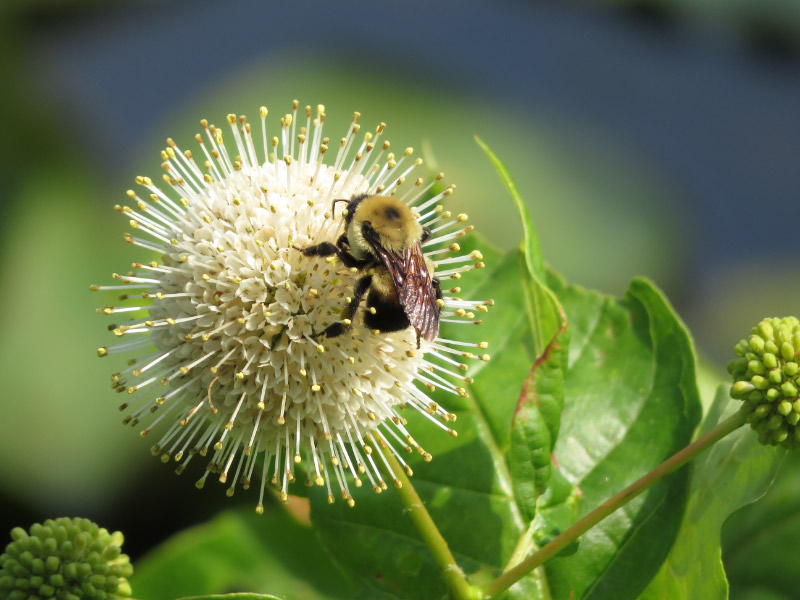
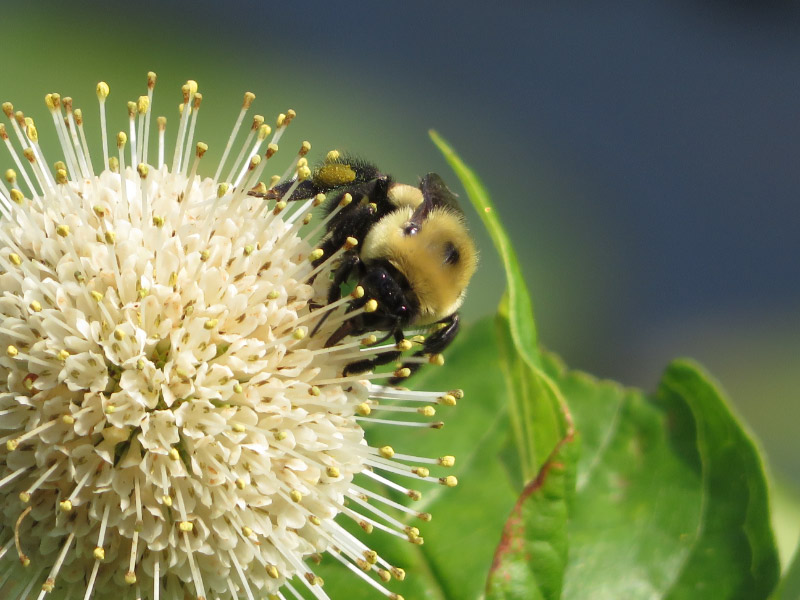
I photographed a tiger swallowtail on the pickerel weed. There were not very many butterflies around the garden yet. Perhaps there will be more as the summer progresses.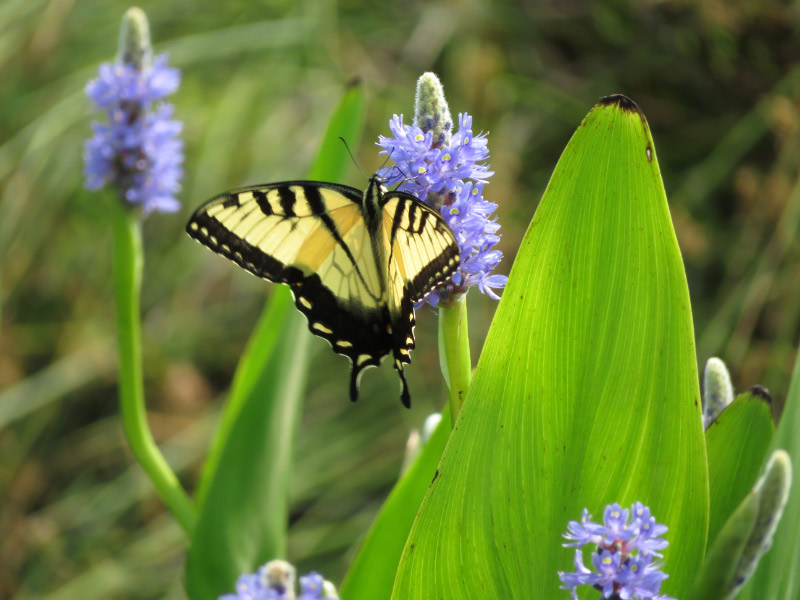
The main insect my husband and it try to photograph at the gardens is dragonflies. They seemed to be a lot of them flying around but not as many were sitting long enough to photography. I managed to get at 6 different kinds: greenish area around wing attachment with brownish ‘dash’ near tip of otherwise clear wings,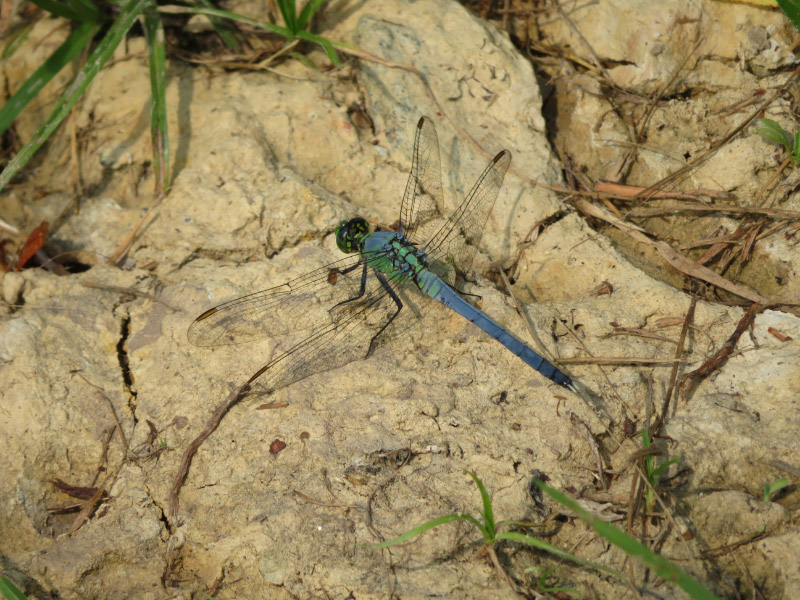
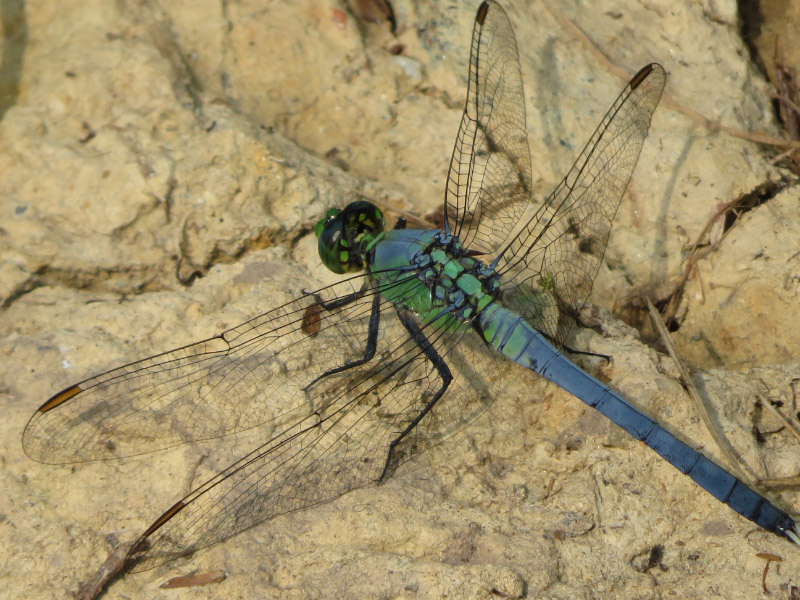
Could be a different perspective on the same kind…or not (the wing attachment area does not look green and the clear part of the wings has an amber tinge),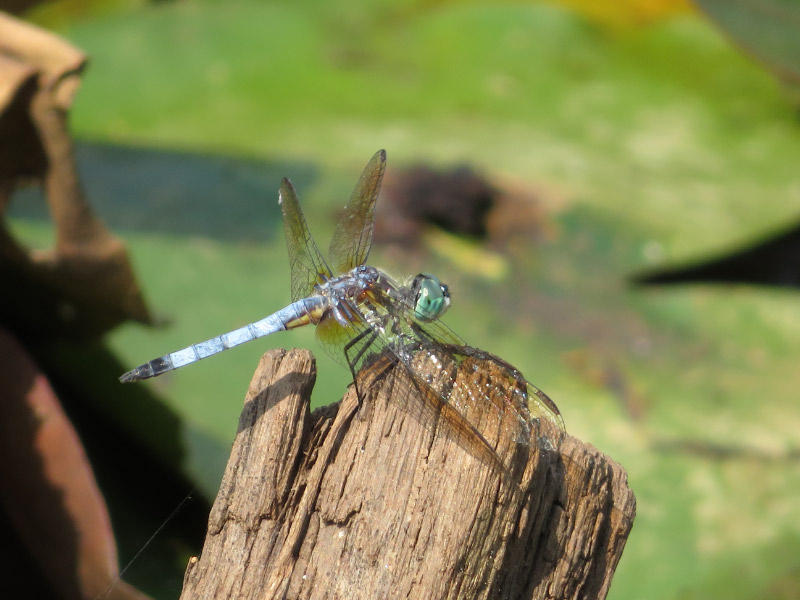

Brownish red coloring and smaller than the previous dragonflies,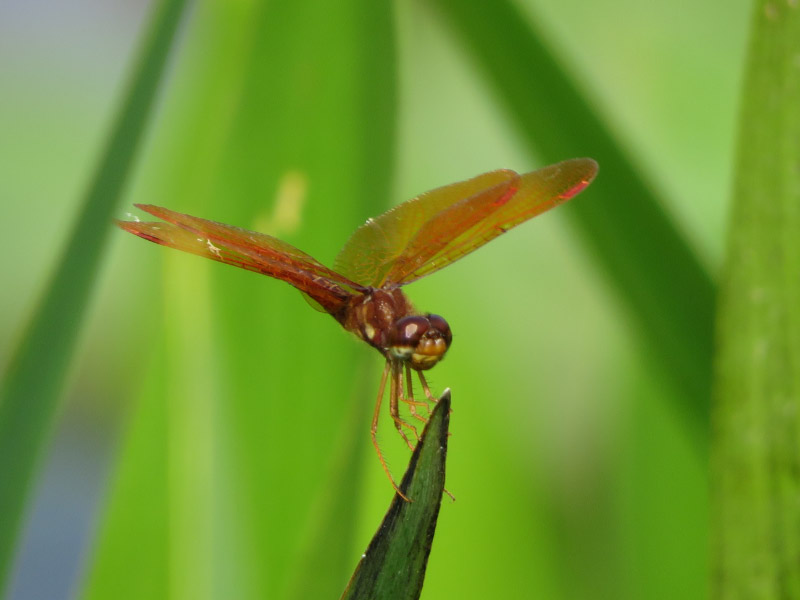

Fuzzy at wing attachment and black markings across the wings (clear tips of wing) – maybe Common Whitetail male,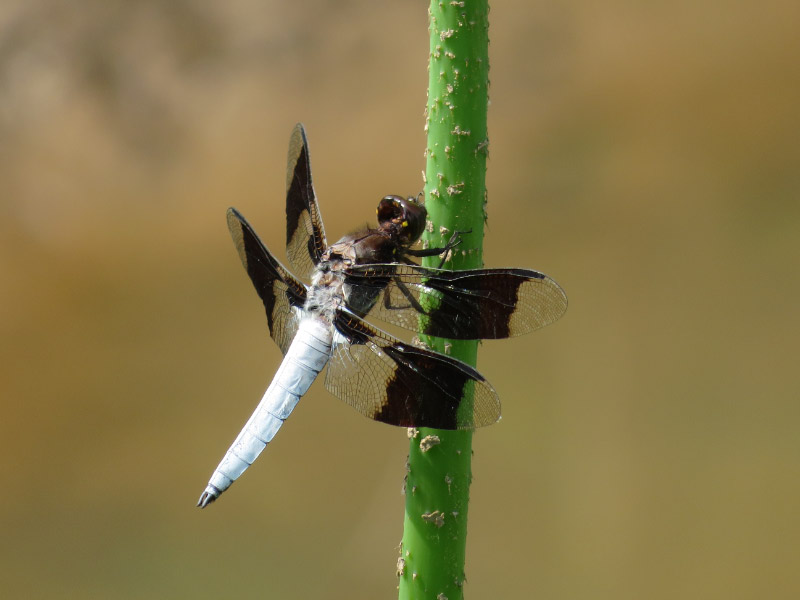
Brown body and black markings across the wings (dark tips of wings) – maybe a Common Whitetail female, and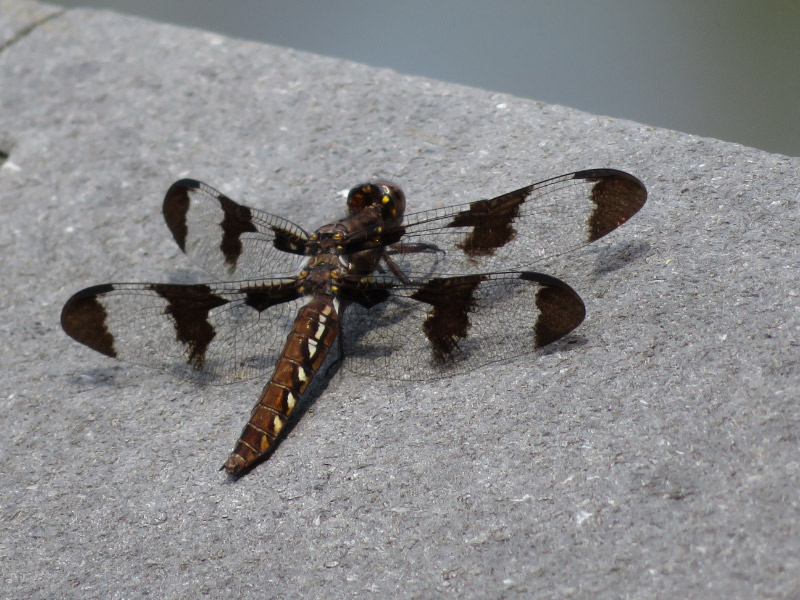
Clear wings outlined in black around the tip.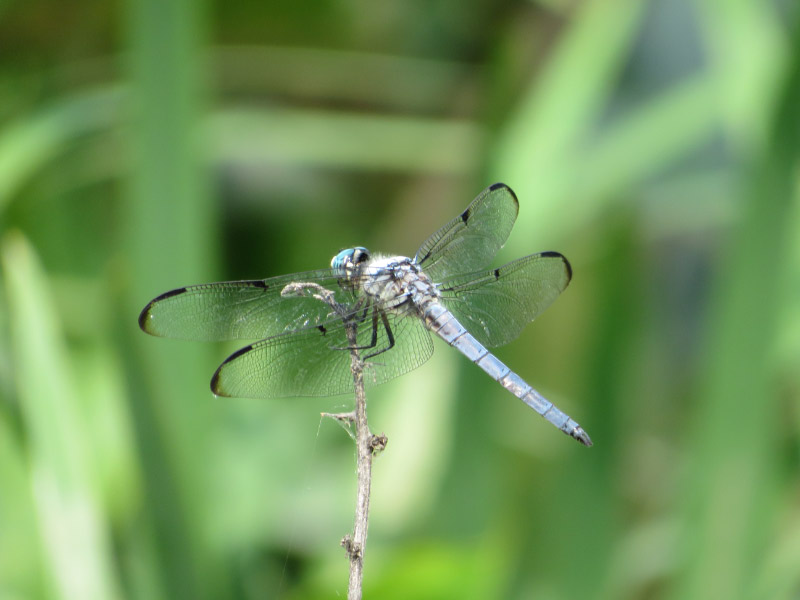

I’m sure we’ll go to the gardens again this summer. I wonder if I’ll see the same or different dragonflies.
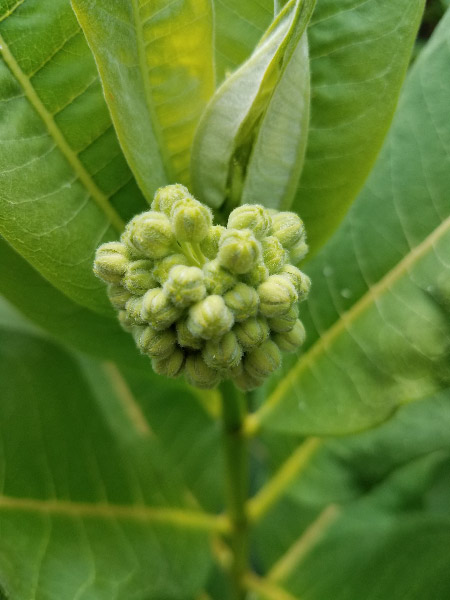 I started out the season with a lot of milkweed plants. The went from sprouts to green globes of buds
I started out the season with a lot of milkweed plants. The went from sprouts to green globes of buds
 Opening flowers.
Opening flowers.
































